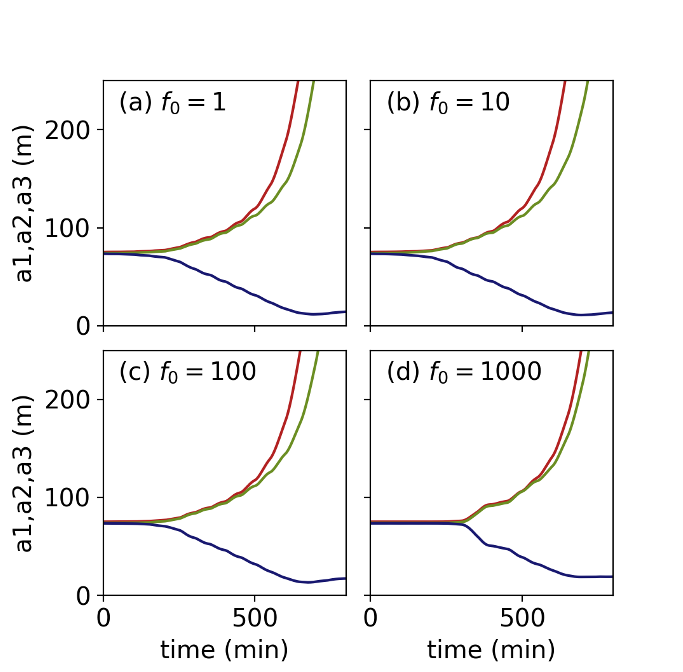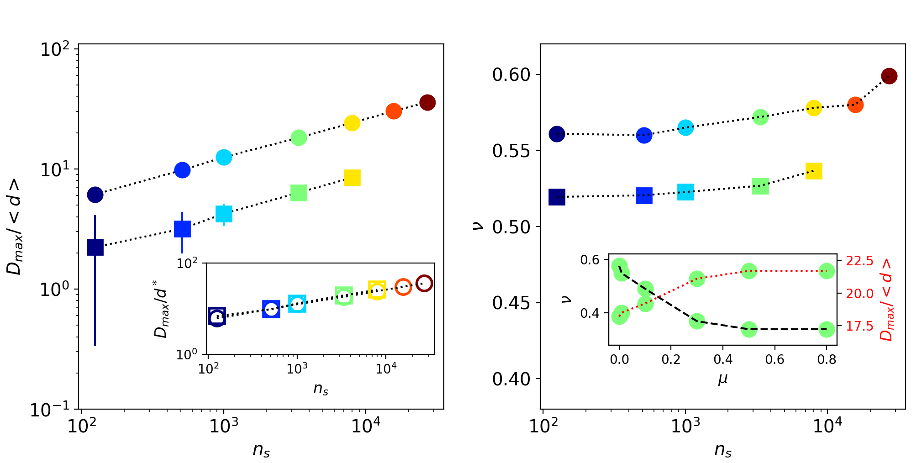Q1. What have the authors contributed in "A contact dynamics code implementation for the simulation of asteroid evolution and regolith in the asteroid environment" ?
By providing access to the local physical mechanisms, DEM allows the exploration of microscopic based phenomena related to particles properties and interactions in various conditions and to revisit constitutive equations consequently. In this paper the authors describe the Contact Dynamics ( CD ) method, a class of DEM based on non-smooth mechanics, and its implementation in the open-source software LMGC90. In contrast to more classical approach, Hardand Soft-Sphere DEM, the CD method is based on an implicit time integration of the equations of motion and on a non-regularized formulation of mutual exclusion between particles. This numerical strategy is particularly relevant to the study of dense granular assemblies ( even of large size ) because it does not introduce numerical artefacts due to contact stiffness. So that it can be used for Small Body research, the authors implement a parallelised kd-tree and monitor the performance of the code as it simulates a number of granular systems. The authors provide examples of the simulation of the accretion of self-gravitating aggregates as well as their rotational disruption.
![Figure 3: Different configurations of contacts between two polyhedra leading to a different number of contact points: (a) vertex to face; (b) edge to face; (c) face to face; (d) edge to edge; See [20, 59]](/figures/figure-3-different-configurations-of-contacts-between-two-3ji3fpjz.png)




